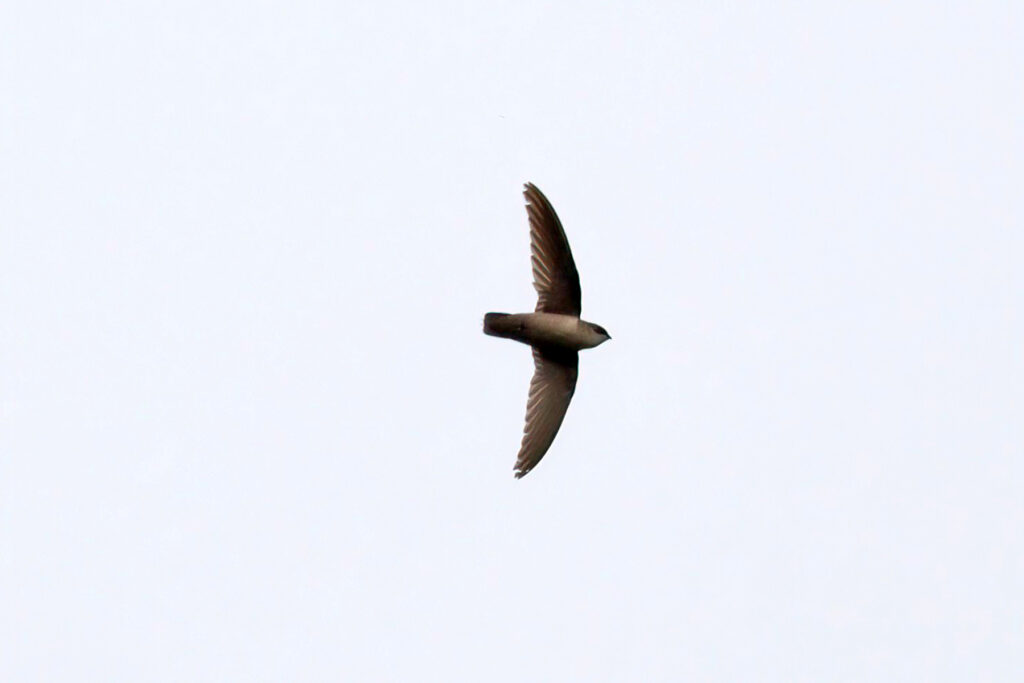
Vaux’s Swift, also known as the Chaetura vauxi, is a small, cigar-shaped bird with a wingspan of 12 inches and a body length of 4.5 inches. They weigh approximately 0.6 ounces, making them one of the smallest species of swifts in North America. Vaux’s Swift is named after William S. Vaux, an American mineralogist and philanthropist who contributed to the study of natural history.
One of the most distinguishing field marks of Vaux’s Swift is their sooty-brown plumage, which appears darker on the wings and lighter on the belly. They have long, narrow wings that are curved at the tips and a short, squared-off tail. Their legs are relatively short and their feet are small, which makes them perfectly adapted to spending their lives in flight.
Vaux’s Swifts breed in western North America, primarily in British Columbia, Oregon, Washington, and California. They migrate south to Mexico and Central America during the winter months, where they roost in large numbers in chimney stacks, air shafts, and caves. Their migration is relatively long and they can travel up to 5,000 miles during the course of their journey.
During migration, Vaux’s Swifts are often seen in large flocks swirling around in the sky, feeding on insects. They are typically found in open areas such as fields, meadows, and over water. Their diet consists of flying insects such as beetles, flies, and moths. They are known to feed on insects at high altitudes, making them important predators of aerial insects.
Vaux’s Swifts are considered a species of conservation concern due to declining populations and loss of roosting habitat. Conservation efforts are underway to protect their breeding and roosting sites, and the public is encouraged to participate in citizen science projects to help monitor their populations.
